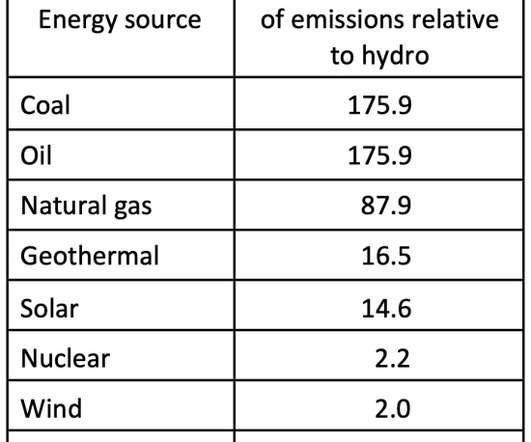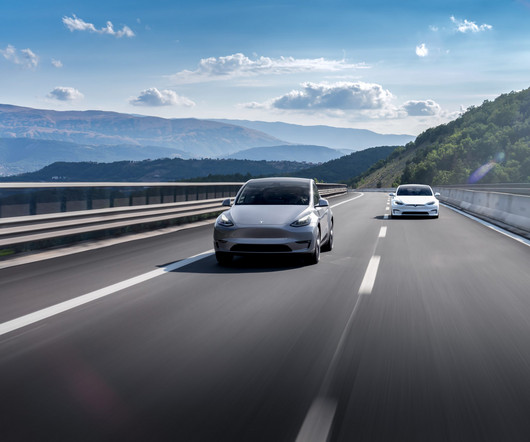As states use less coal for electricity, driving electric vehicles becomes even cleaner
Green Car Congress
APRIL 13, 2020
This brief study analyses, for each individual state, the changes from 2008 to 2018 in the use of coal (one of the two most polluting energy sources) to generate electricity. Michael Sivak is the managing director of Sivak Applied Research and the former director of Sustainable Worldwide Transportation at the University of Michigan.














Let's personalize your content